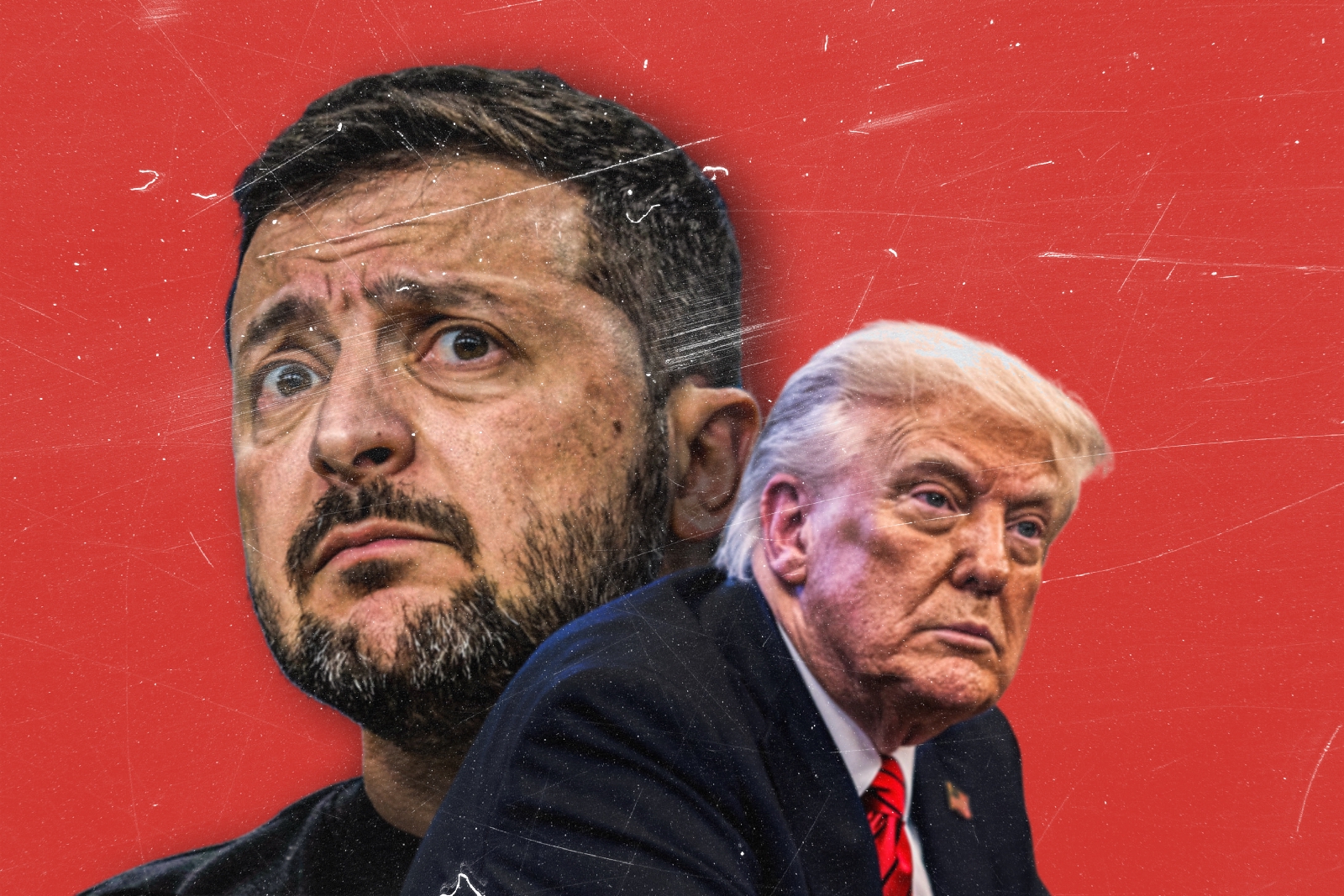
Fantasy and Exploitation: The U.S.-Ukraine Minerals Deal
The agreement between Washington and Kyiv to create an investment fund to search for rare earth minerals has been seen as something of a turn by the Trump administration. From hectoring and mocking Volodymyr Zelensky, the Ukrainian president, before the cameras on his visit to the White House two months ago, President Donald Trump had apparently softened. It was easy to forget that the minerals deal was already on the negotiating table and would have been reached but for Zelensky’s fateful and ill-tempered ambush. Dreams of accessing Ukrainian reserves of such elements as graphite, titanium, and lithium were never going to dissipate.
Details remain somewhat sketchy, but the agreement supposedly sets out a sharing of revenues in a manner satisfactory to the parties while floating, if only tentatively, the prospect of renewed military assistance. That assistance, however, would count as U.S. investment in the fund. According to the White House, the U.S. Treasury Department and the U.S. International Development Finance Corporation will work with Kyiv “to finalize governance and advance this important partnership,” one that ensures the U.S. “an economic stake in securing a free, peaceful, and sovereign future for Ukraine.”
In its current form, the agreement supposedly leaves it to Ukraine to determine what to extract in terms of the minerals and where this extraction is to take place. A statement from the U.S. Treasury Department also declared that “No state or person who financed or supplied the Russian war machine will be allowed to benefit from the reconstruction of Ukraine.”
Ukraine’s Minister of Economy, Yulia Svyrydenko, stated that the subsoil remained within the domain of Kyiv’s ownership, while the fund would be “structured” on an equal basis “jointly managed by Ukraine and the United States” and financed by “new licenses in the field of critical materials, oil and gas – generated after the Fund is created.” Neither party would “hold a dominant vote – a reflection of equal partnership between our two nations.”
 Svyrydenko also revealed that privatisation processes and managing state-owned companies would not be altered by the arrangements. “Companies such as Ukrnafta and Energoatom will stay in state ownership.” There would also be no question of debt obligations owed by Kyiv to Washington.
Svyrydenko also revealed that privatisation processes and managing state-owned companies would not be altered by the arrangements. “Companies such as Ukrnafta and Energoatom will stay in state ownership.” There would also be no question of debt obligations owed by Kyiv to Washington.
That this remains a “joint” venture is always bound to raise some suspicions, and nothing can conceal the predatory nature of an arrangement that permits U.S. corporations and firms access to the critical resources of another country. For his part, Trump fantasised in a phone call to a town hall on the NewsNation network that the latest venture would yield “much more in theory than the $350 billion” worth of aid he insists the Biden administration furnished Kyiv with.
Svyrydenko chose to see the Reconstruction Investment Fund as one that would “attract global investment into our country” while still maintaining Ukrainian autonomy. Representative Gregory Meeks, the ranking Democrat on the House of Foreign Affairs Committee, thought otherwise, calling it “Donald Trump’s extortion of Ukraine deal.” Instead of focusing on the large, rather belligerent fly in the ointment – Russian President Vladimir Putin – the U.S. president had “demonstrated nothing but weakness” towards Moscow.
The hawkish wing of the Democrats were also in full-throated voice. To make such arrangements in the absence of assured military support to Kyiv made the measure vacuous. “Right now,” Democratic Senator Chris Murphy said on MSNBC, “all indications are that Donald Trump’s policy is to hand Ukraine to Vladimir Putin, and in that case, this agreement isn’t worth the paper that it’s written on.”
On a certain level, Murphy has a point. Trump’s firmness in holding to the bargain is often capricious. In September 2017, he reached an agreement with Ashraf Ghani, the then-president of Afghanistan, to permit American companies to develop Afghanistan’s rare earth minerals. Having spent 16 years in Afghanistan up to that point, ways of recouping some of the costs of Washington’s involvement were being considered. It was agreed, went a White House statement sounding all too familiar, “that such initiatives would help American companies develop minerals critical to national security while growing Afghanistan’s economy and creating new jobs in both countries, therefore defraying some of the costs of United States assistance as Afghans become more reliant.”
Ghani’s precarious puppet regime was ultimately sidelined in favour of direct negotiations with the Taliban that eventually culminated in their return to power, leaving the way open for U.S. withdrawal and a termination of any grand plans for mineral extraction.
A coterie of foreign policy analysts abounded with glowing statements at this supposedly impressive feat of Ukrainian diplomacy. Shelby Magid, deputy director of the Atlantic Council think tank’s Eurasia Centre, thought it put Kyiv “in their strongest position yet with Washington since Trump took office.” Ukraine had withstood “tremendous pressure” to accept poorer proposals, showing “that it is not just a junior partner that has to roll over and accept a bad deal.”
Time and logistics remain significant obstacles to the realisation of the agreement. As Tymofiy Mylovanov, a Ukrainian economist and former Minister of Economic Development, Trade and Agriculture, told the BBC, “These resources aren’t in a port or warehouse; they must be developed.” Svyrydenko had to also ruefully concede that vast resources of mineral deposits existed in territory occupied by Russian forces. There are also issues with unexploded mines. Any challenge to the global rare earth elements market, currently dominated by China (60% share of production of raw materials; 85% share of global processing output; and 90% manufacturing share of rare earth magnets), will be long in coming.
